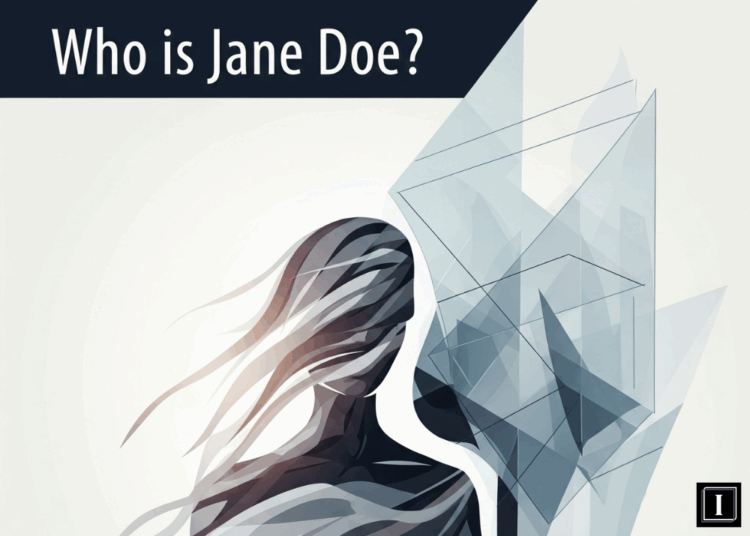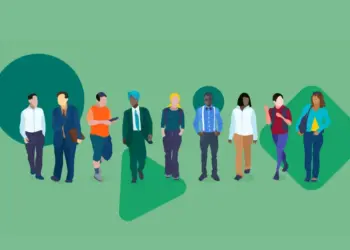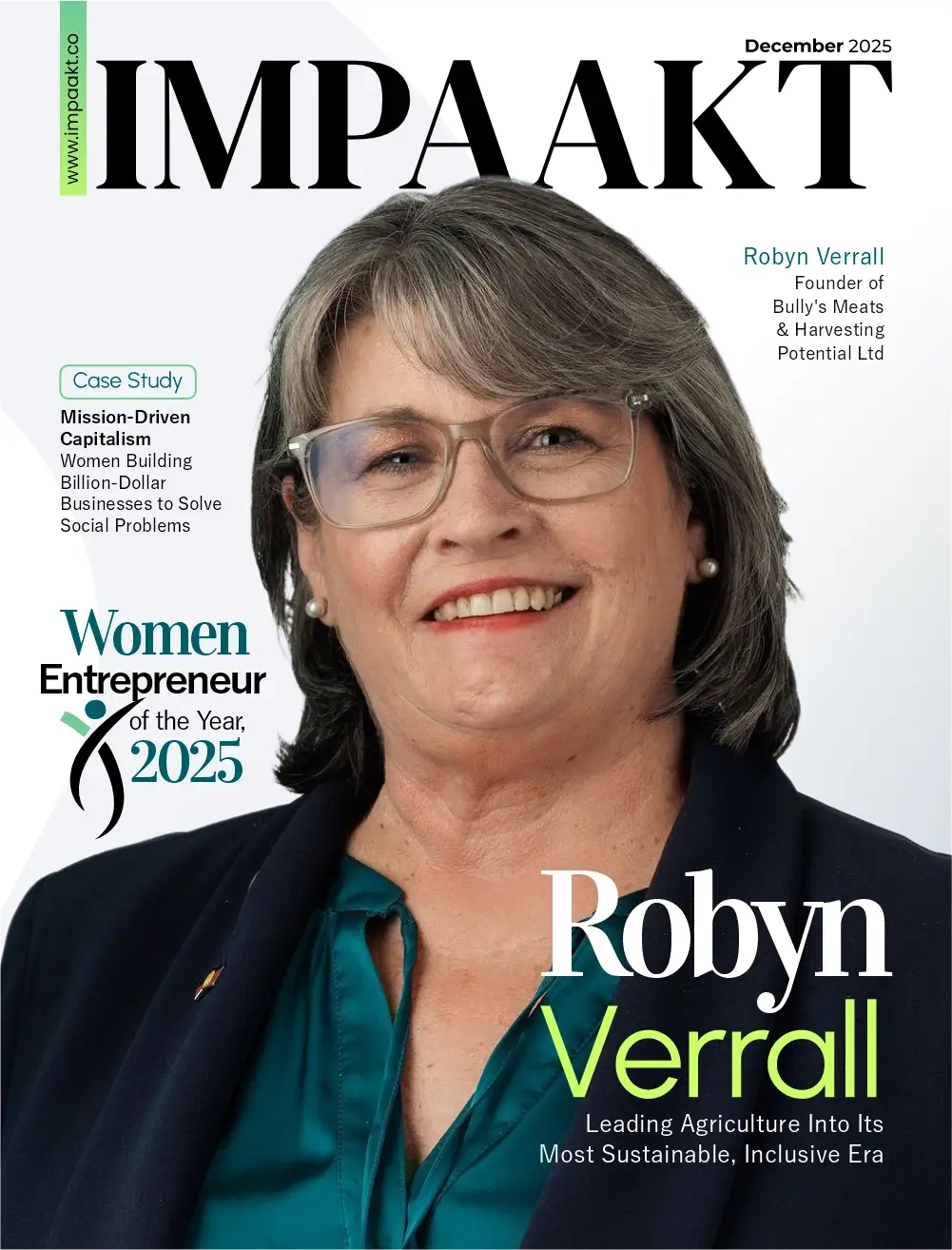Why does a woman opt to be referred to or file a lawsuit as Jane Doe?
Have you ever wondered if you know someone who’s used that pseudonym?
It’s a step frequently used in the courtroom. But why?
For anonymity, of course. But why else?
Sometimes out of safety concerns. Other times to protect their reputation. Or both. Or to be able to continue in their profession. With their friendships. Sometimes to protect others. Possibly their family. Or to wait until what is determined is the right time to go public.
Why?
Too many of these women have been
- Astroturfed
- Bullied
- “Caught in the net”
- Damaged
- Defamed
- Depicted falsely
- Subjected to a disinformation campaign
- Doxed
- Exploited
- The subject of false rumors
- Frightened
- Followed
- Harassed
- Internationally blacklisted
- Intimidated
- Lost their privacy
- Maligned
- Mischaracterized
- Misrepresented via photos and videos
- Photographed
- Publicly shamed
- Heckled
- Received death threats
- Scared
- Scrutinized
- Silenced
- Slandered
- Smeared
- Stalked
- Targeted
- Threatened
- Tracked
- Trailed
- And worse.
It is as though they are part of a playbook or storyboard. Public smearing is a form of institutional betrayal faced by too many survivors. Worse, it is part of the larger cultural silencing of these women.
And while one IT expert describes being “caught in the net” as “not being personal,” he adds that “the damage is.” Prophetic.
These Jane Does may have been the victim of assault, sexual or otherwise, or raped, perhaps repeatedly or by more than one predator. They may even be part of a rape victim’s protection program such as California’s Safe At Home program, a confidential address program administered by the California Secretary of State’s office.
She could be uneducated. Or have graduated from a reputable and well-recognized educational institution. Or somewhere in between.
Collectively, they struggle to overcome the obstacles to surviving all that has been done to them as well as the societal judgment that still prevails around these scenarios.
It has been described as a violation so complete that it takes your life. Brutal, dehumanizing. An assault so disfiguring that there’s no way forward and there’s no way out. A survivor is made to appear so hideous and disgraced that no one could hear her, even if she wanted to speak. What now? How can she inhabit her own identity while it is being misused by another — and, in some cases, with threat of worse, should she object.
Once making the decision to take charge of their future, in order to successfully continue to live their lives, “Jane Doe” is often the “passport” that enables them to take the journey to the next steps.
It’s said that indelible strength is found in adversity.
HOW TO BE A WOMAN ONLINE: Surviving Abuse and Harassment, and How to Fight Back, by Nina Jankowicz, addresses the social media component and provides valuable guidance. Unexpectedly, she received an avalanche of abuse and harassment, predominantly from men, online, after publication.
Since the explosive popularity of social media, it is estimated that 77% of Americans, according to Healthline, are active online. Some people suggest that things have totally gotten out of control. Families have been destroyed when a child, after being bullied online, committed suicide. Or a classmate said “you should kill yourself.” And that student did.
Too much gets reposted, repurposed, shared, and commented on. Careers have been short-circuited, families torn apart, friendships interrupted, relationships severed for years…sometimes forever. Essentially, lives have been totally destroyed. Ultimately, it’s nearly impossible to ensure it is all taken down. Ever.
Thus, the choice to take a step forward as Jane Doe.
It is why a plaintiff’s decision to file a complaint is often described as “brave” by their legal counsel.
Do you know a Jane Doe? Are you one? If yes, know that you are not alone.











